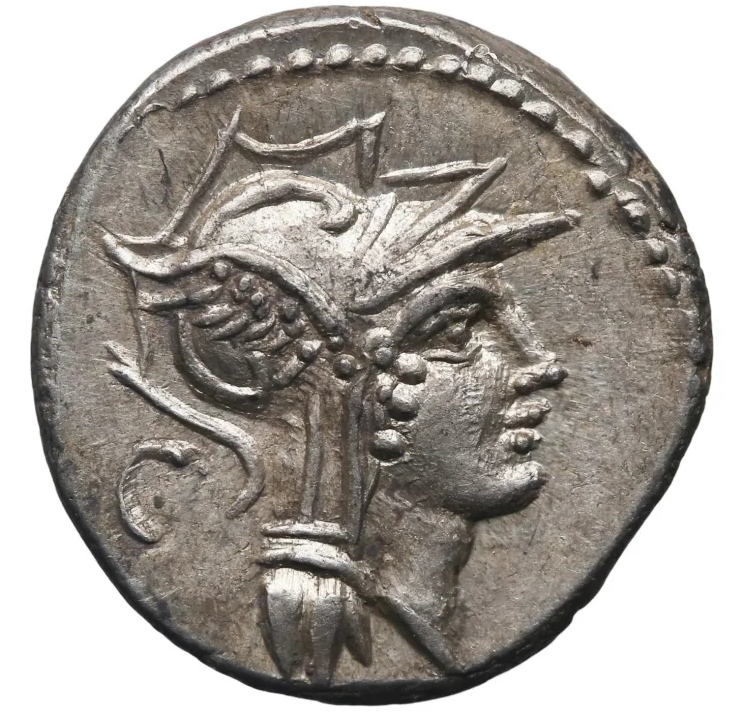A buried treasure was discovered in Livorno, Italy. It is thought to belong to a soldier.
In November 2021, a member of the Livorno Paleontological Archaeological Group discovered a few shimmering coins in the ground while trekking in a cleared section of a Tuscan forest northeast of Livorno. 175 silver Roman denarii coins were discovered, as revealed by careful examination and excavation. According to the experts, this was one of the few intact hoards of ancient coins discovered because nearly all of them were in good shape.
The denarius was the standard Roman silver coinage from its introduction in 211 BC in the Second Punic War until the reign of Gordian III (238-244 AD). The word denarius is derived from the Latin deni (containing ten), since its value was originally 10 asses (Asses = a bronze and later copper coin used during the Roman Empire). The word “money” is used in Italian (denaro), Slovenian (denar), Portuguese (dinheiro) and Spanish (dinero). The name lives on in the dinar currency.
According to a CNN, the archaeological team has spent more than a year measuring, weighing, and documenting the coins with the assistance of Dr. Lorella Alderighi, the official archaeologist for the provinces of Pisa and Livorno. The scientists now believe they have some explanations.
“This buried treasure is about a person’s life, the savings of a soldier’s life and his hopes for building his farm,” Alderighi said. “However, it also tells a sad story, the owner of the coins died before he could make his dreams come true using his savings. The coins tell his story.”



The identity of the person who buried the money is unknown, but according to Alderighi, it is most likely a former soldier who fought in the Social War of Rome from 91 to 88 BC and the Marian-Sulla civil war from 83 to 82 BC.
The hoard’s owner interred it in a terra-cotta pot that acted as a kind of piggy bank. According to a press release from the archaeological group, the oldest coins in the cache date to 157 or 156 BC, and the most recent ones reach 83 or 82 BC.
According to Alderighi, a soldier’s pay at the time would have been 175 denarii, which would have been enough for about a year and a half. She told that the treasure is now worth between 20,000 and 25,000 euros.
The coins are well preserved even though they were buried. Only two of them are broken, but they can be reassembled. It is thought that studying these coins could tell scholars more about the history of coins and how people used them. The new information could even lead to changes in the basic typology created in 1974 and still used today to identify and date Roman coins.
According to Alderighi, it is one of the few intact ancient coin hoards discovered and contains a wealth of numismatic, historical, and sociological data.
The treasure will be on display at the Natural History of the Mediterranean in Livorno from May 5 to July 2.
